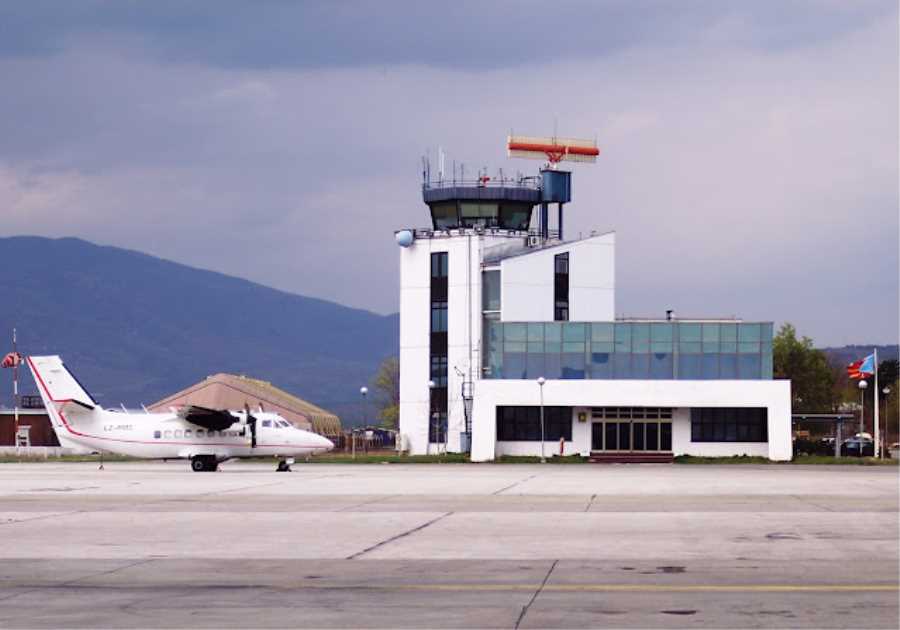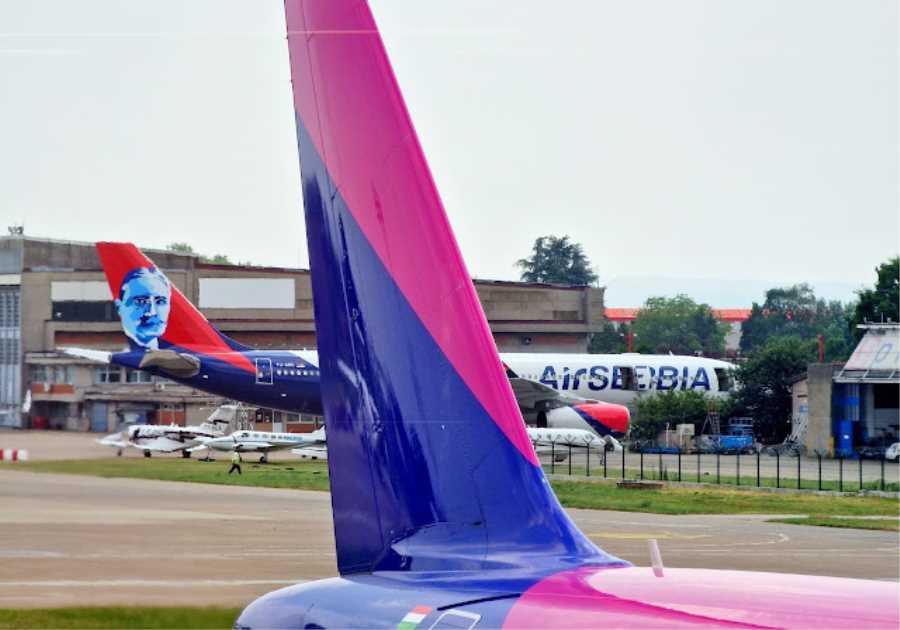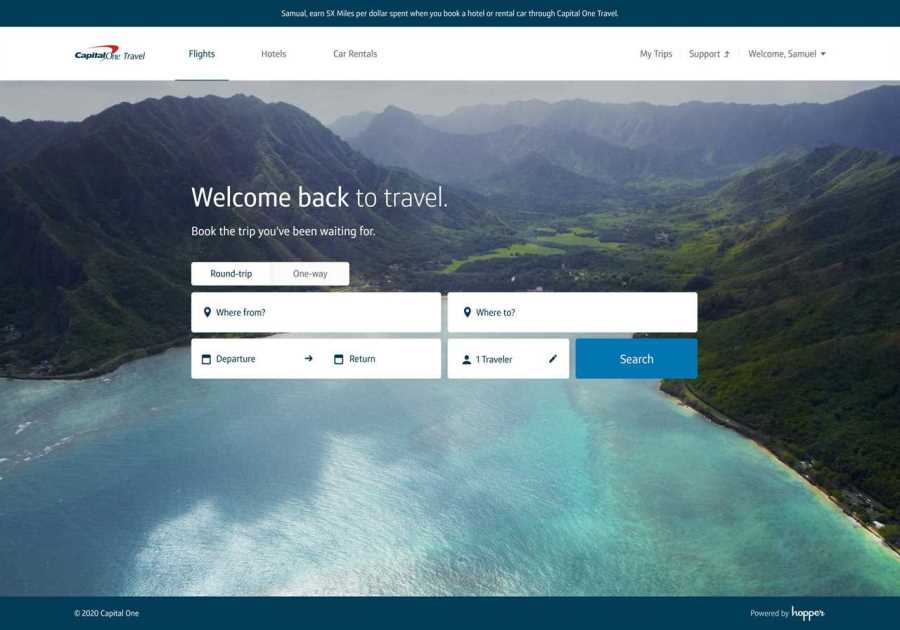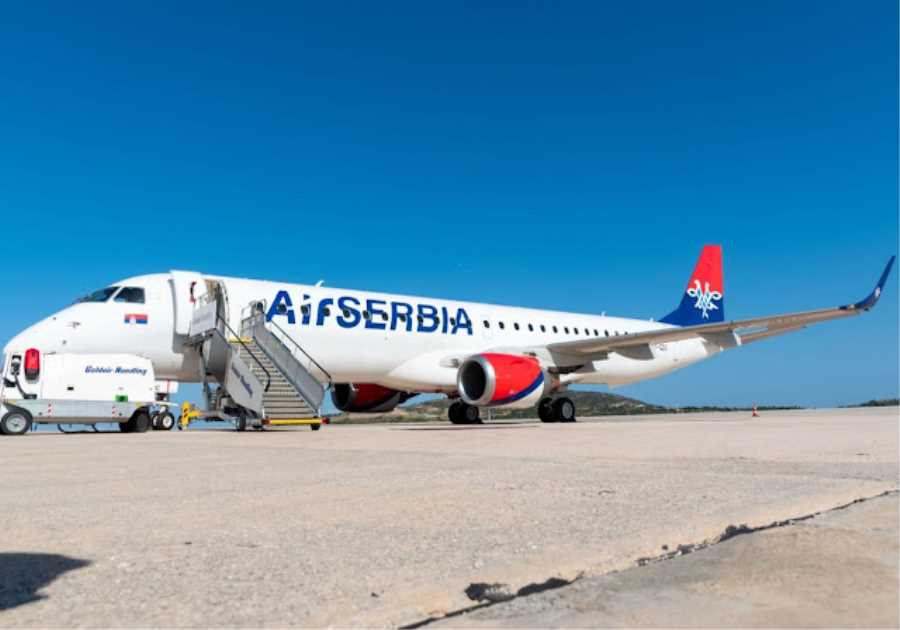HOSTED BY: https://1airtravel.com
TODAY'S READ
Autopilot is not a recent term in the English lexicon; hence, it is as old as the aviation industry. The first powered airplane flew on the 17th of December, 1903, near Kitty Hawk in North Carolina, by Wilbur and Orville Wright for just 12 seconds, while the second flight lasted for 39 seconds in 1905, nearly two years after the first flight. Interestingly, U.S. aviator Lawrence Sperry created the first successful autopilot as far back as 1912, 9 years after the first flight.
While there has been a vast improvement in the aviation industry since the first set of airplanes was manufactured, the autopilot system is one technology that has changed very little in over a century. If you are an avid reader of Travel Rader, you would have had questions like, How Do Pilots Find Their Way In The Sky and Why There Are Two Pilots In A Plane answered. Interestingly, we are committed to answering intriguing questions in our articles. Our latest report is top off the shelf, and we hope you enjoy every bit of it.
What is autopilot
The mode control panel (MCP) of an Airbus A32x. The MCP allows pilots to automate various aspects of flight. © Wikimedia Commons
An autopilot system is a software or tool that can manage the aircraft under certain conditions using the airplane’s hydraulic, mechanical, and electronic systems. The autopilot is often an integral component of a flight management system and can follow flight plans and maintain speed, height, and the location of the front of the aircraft. Pilots often engage the autopilot system to manoeuvre the airplane without direct assistance from the pilot, except for during take-off. Autopilot is most commonly used in passenger planes during long and often tedious flights.
In simple terms, autopilot is a system used to control the path of an aircraft without requiring manual input from human operators (pilots). Better still, you may call it the automation of flight activities except for takeoffs which have to be done manually. Interestingly, it is an important technology that offers great assistance to the pilot.
Notably, autopilots do not in any way replace pilots, or at least the technology has not advanced to the point where airplanes can take off, fly to their destinations, and land at the airport without a pilot onboard. Is that a possibility for the future? Only time will tell.
Autopilot does not replace pilots. The autopilot instead offers assistance and allows the pilot to concentrate on other aspects of flying. The autopilot can be activated at any time after takeoff and before landing. Autopilot can assist pilots when there is poor visibility or the flight system malfunctions. However, the authorization of the software may differ from one plane to another.
What does history show?
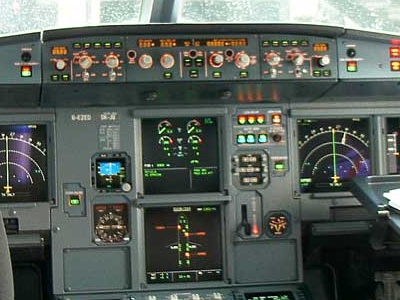
Glareshield with MCP | © Wikimedia Commons
Autopilot is a standard feature on most commercial or passenger aircraft and, remarkably, has slightly improved over the years. Given the slight change, the autopilot system is as old as the aviation industry.
U.S. aviator Lawrence Sperry created the first successful autopilot system in 1912. However, the system didn’t get much publicity until 1933 when the famous eye-patch-wearing aviator touched down at the Floyd Bennett Field in New York after completing the first around the world solo flight in a little over seven days (approximately seven days, 18 hours, and 49 minutes). The flight began in New York and took him across Berlin, Alaska, Canada, and the Soviet Union. Notably, this wasn’t the first around-the-world flight by the aviator. Interestingly, the first wasn’t a solo flight, as he had navigator Harold Gatty onboard to keep him on course and alert throughout the flight.
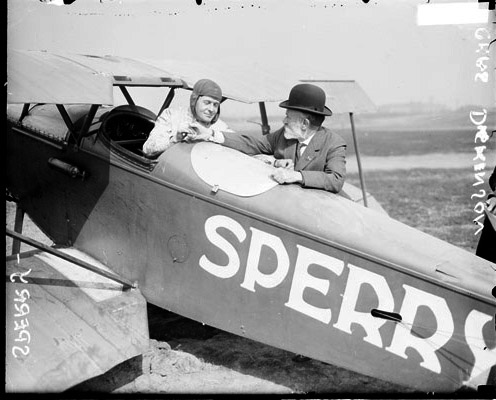
Lawrence Sperry sitting in a plane | © Wikimedia Commons
This leaves you wondering if he needed an extra pair of hands for the first flight, then how could he embark on the second flight without one? The simple answer is autopilot. The autopilot system kept him flying in the right direction while he rested.
The autopilot system is sometimes colloquially referred to as George. Simply implying we will let George fly for a while. However, the origin of the nickname still needs to be determined.
Some claim that the nickname references inventor George De Beeson, who patented an autopilot in the 1930s. Others argue that the British Royal Air Force pilots coined the term during the second world war to indicate that their aircraft technically belonged to King George the Sixth. Interestingly, since no one has entirely made claims to the coinage, if your name is George, you can try making some claims to the nickname, too. It might stick this time around.
The First Autopilot Systems
As with all inventions, the early days of any technology are usually the most trying period because the inventor must convince people about the workability and safety of his invention, often risking his life to show the capability of his invention. However, there wasn’t much risk or any tragedy associated with the testing of the autopilot system. While it needed some changes at some point, it worked well from the onset.
In the early days of aviation, aircraft required the continuous attention of the pilot to fly safely. As aircraft range increased over the years, allowing flights of many hours, the constant attention needed to keep the aircraft flying led to severe fatigue. Hence, there was a need for a system that performed some of the tasks a pilot must perform during a flight. Interestingly, autopilot was birthed to ease the enormous burden on pilots during long-haul flights
Intelligent autopilot could make flying easier for the crew. Hence, the importance of a co-pilot (auto-pilots) that can analyze risks, offer in-flight advice and monitor the stress levels and pilots’ workload. High workload and stress can result in fatigue. However, autopilot helps to reduce the stress accumulated during flights.
The first aircraft autopilot was developed by Lawrence Sperry of the Sperry Corporation in 1912. The system permitted the aircraft to fly straight and level on a course without a pilot’s input or attention, thereby reducing the pilot’s workload and nearly eliminating fatigue from the accumulation of distances during flights.
Lawrence Sperry, who comes from a long line of inventors (his father, Elmer Sperry, was a famous inventor, too), demonstrated the autopilot at an aviation safety contest in Paris in 1914. Sperry demonstrated the credibility of the autopilot by flying an aircraft with his hands away from the control.
Emler Sperry Jr, the son of Lawrence Sperry, together with Capt Shiras, continued to work on the system after the war. In 1930, they tested a more compact and reliable autopilot which kept a U.S. Army Air Corps aircraft on a true heading and altitude for three hours.
While the Sperry Corporation was refining its autopilot system in the U.S., elsewhere in the United Kingdom, the Royal Aircraft Establishment developed its own autopilot, nicknamed the “pilot assister” in 1930.
The autopilot system was further improved to include an advanced control algorithm and hydraulic servomechanism. More instruments were added to the system, such as radio navigation aids which made it possible to fly in bad weather and at night.
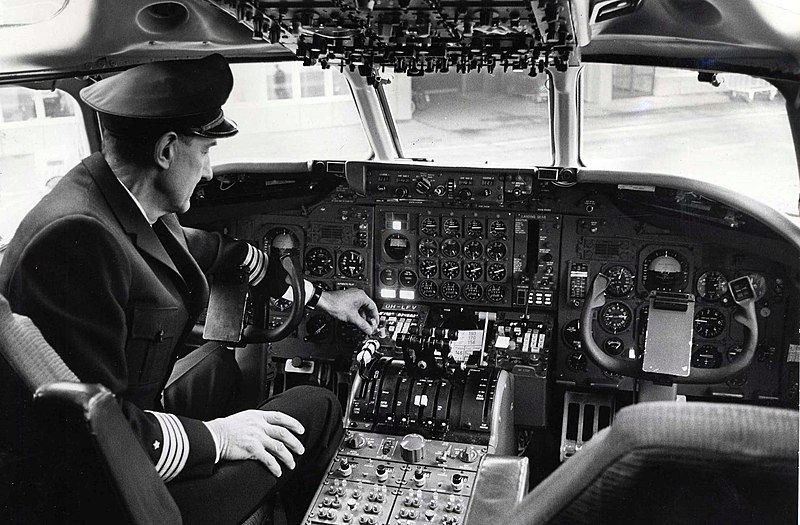
Captain Erkki Ehanti presenting an autopilot in 1969 | © Wikimedia Commons
The Modern Autopilot System
Autopilot systems are increasingly becoming better, more intelligent, and capable of performing complex manoeuvres. Autopilot systems in modern and complex aircraft are tri-axis and are generally divided into taxi, climb, cruise, descent, approach, and landing phases. However, not all passenger aircraft available today are embedded with an autopilot system.
Older and smaller aircraft are still mostly hand-flown, although some of them, like the DA42, have an autopilot installed. However, as required by International Civil Aviation Organization (ICAO) small airliners with less than twenty seats can be without an autopilot since they are only used on short-duration flights with two pilots onboard. However, the recent surge in demand for single-pilot flights could also lead to some changes.
As required by ICAO, international aviation regulations make it mandatory for autopilots to be installed in aircraft with more than twenty seats. There are three levels of control in autopilots for small aircraft.
Single-axis autopilot: this level of autopilot controls any aircraft in the roll axis (longitudinal Axis) only. These kinds of autopilots are referred to as “wing levellers,” referencing their single capability.Two-axis autopilot: this kind of autopilot controls the aircraft in the pitch (transverse or lateral Axis) and roll axis. Hence, it is a little more than a wing leveller with a limited pitch oscillation-correcting ability. This level of automation allows the aircraft to receive input from an onboard radio navigation system.Three-axis autopilot: often not required in many small planes, this kind of autopilot controls the aircraft from the yaw axis (rotation around the vertical Axis or a side-to-side movement of the plane)Autopilots that automate all the flight phases, except taxi and takeoff, do exist. An autopilot-controlled approach to landing is known as autoland, and it permits the pilot to utilize an Instrument Landing System (ILS) when visibility is zero. However, it is only possible at certain airports with particular technologies installed. Autoland is rarely used. Pilots land aircraft manually most of the time. Pilots prefer to land planes manually instead of using autoland because the autoland features require complex and accurate ground tower staff guidance. Manual landing, on the other hand, is softer, less complex, and requires less work than an auto-piloted landing.
Modern autopilot is a system used to control aircraft. The autopilot software installed in the aircraft reads the aircraft’s current position and then uses a flight control system to guide the plane.
Furthermore, the modern aircraft’s autopilot reads its position and altitude from an inertial guidance system known as an inertial navigation system (INS). The INS is a navigation system that uses gyro sensors together with rotation sensors and a computer to continuously calculate the position, orientation, and velocity of an aircraft. Dead reckoning is simply the process of navigating by calculating distance and time based on the airplane’s ground speed. However, the INS accumulates errors over time which can be due to physical properties within the system that corrupt positional data.
Global Positioning System is perhaps the most advanced technology that helps the pilot to find his way in the sky. It is the most common and accurate navigation system today and is based on precise satellite data.
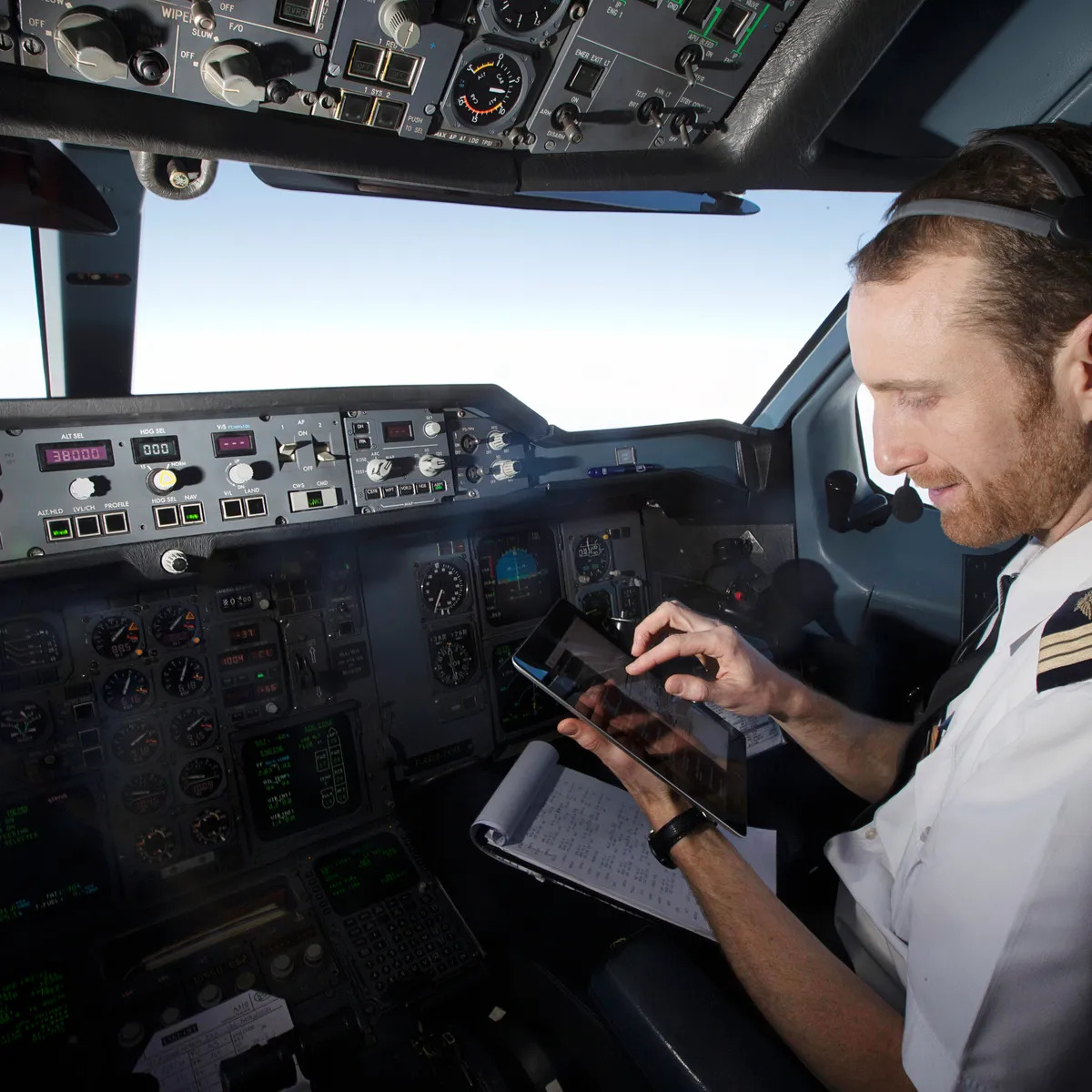
Autopilot leaves a pilot’s hands free to check their flight route © CNet
How does autopilot work?
The autopilot system can participate in most of the control mechanisms of an aircraft except takeoff. However, automated takeoff is possible, as was recently demonstrated by Airbus. One of the Airbus A350-1000s took off by itself from Toulouse in December 2019, proving that automated takeoff is possible. Autonomous Taxi, Take-off, and Landing (ATTOL) is a technology that aircraft manufacturers are working on. However, at the moment, only a demonstration is feasible, and all takeoffs are performed manually.
In principle, autopilot controls the movement of the aircraft around the centre of gravity and directs the plane according to safety parameters. However, route data prepared before the flight must be uploaded to the system.
Hence, once the pilot instructs the autopilot, it controls the aircraft within the routes in the uploaded data. In simple terms, the autopilot can better be described as the automatic flight control system (AFCS). In the perfect sense, the system was developed to provide relief for pilots during long and tedious flights. Interestingly, modern autopilot can carry out complex manoeuvres.
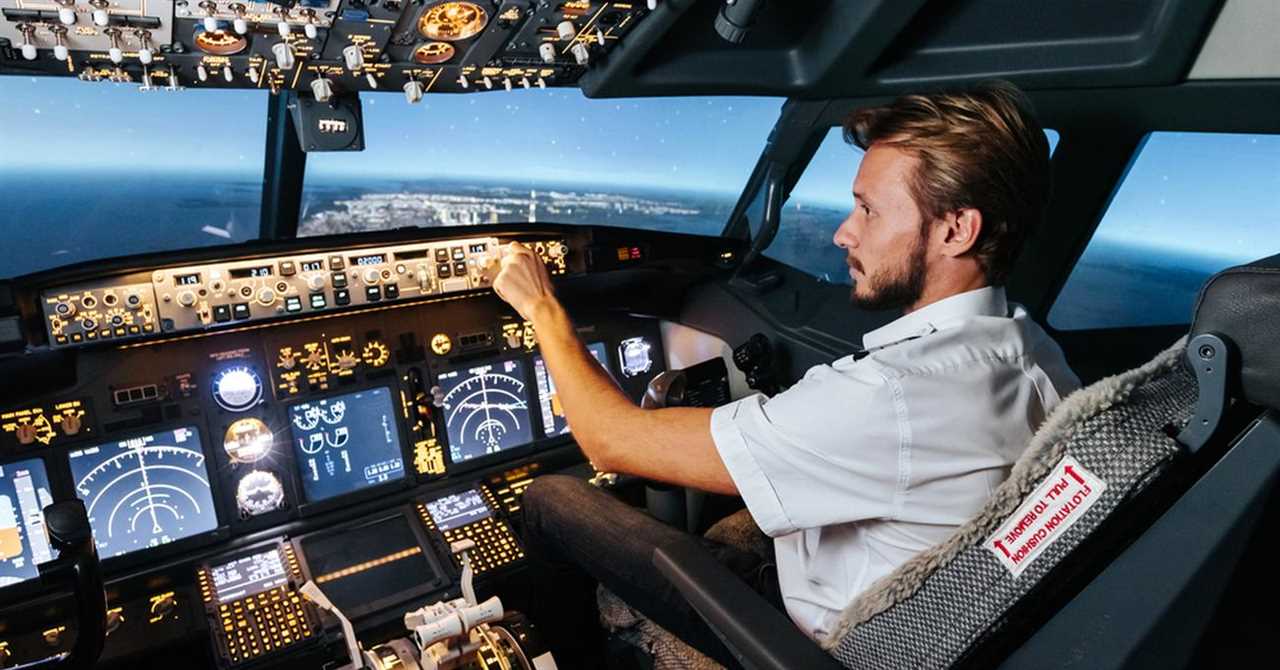
A First Officer altering aircraft course using autopilot © SkyTough
Summary
Autopilot can be found on everything from ships to cars, although, they are not the same as what is obtainable in aircraft.
However, our focus was solely on airplane autopilot technology. The AFCS is very advanced and permits the pilot onboard to concentrate on other aspects of flying. It can even be compared to what is obtainable in cars but only helpful in maintaining speed on the motorway, but not needed for leaving the garage or parking the car in a garage, and is yet a great resource to the driver.
The autopilot permits the driver to take some breaks; however, they are still responsible for the inputs and still in control of the airplane.
How much more the autopilot systems can be improved is unknown. What is, however, known is that it offers tremendous relief to pilots during flights. Given the rate at which airlines are pushing for a single-pilot system, automation may increase in airplanes, especially for long and tedious flights.
What do you think of autopilots? please drop your comment.
**CONTENT ORIGINATED FROM TRAVELRADAR.AERO**By: Victor UtomiTitle: Autopilot: How Does The System Work?
Sourced From: travelradar.aero/autopilot-how-does-the-system-work/?utm_source=rss&utm_medium=rss&utm_campaign=autopilot-how-does-the-system-work
Published Date: Fri, 09 Dec 2022 10:45:16 +0000
Did you miss our previous article...
https://1airtravel.com/feature/france-to-ban-shorthaul-domestic-flights


